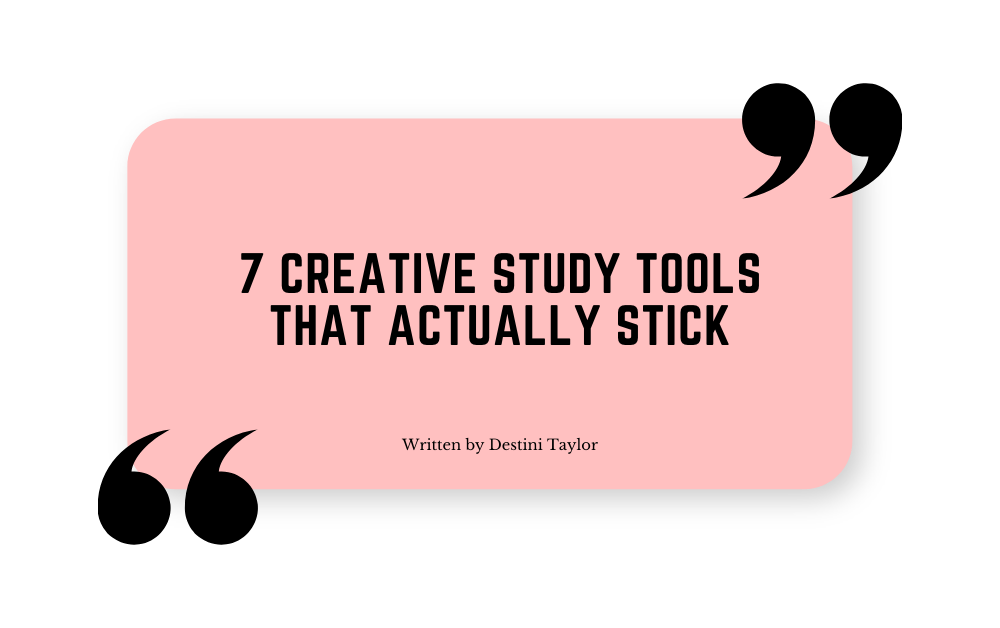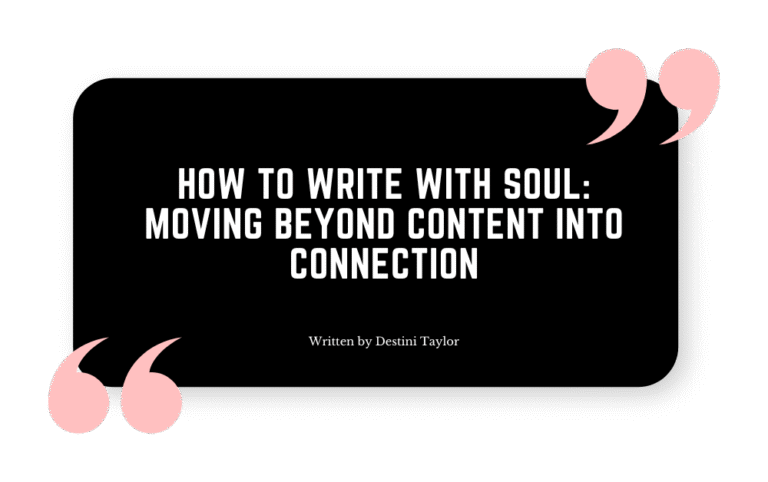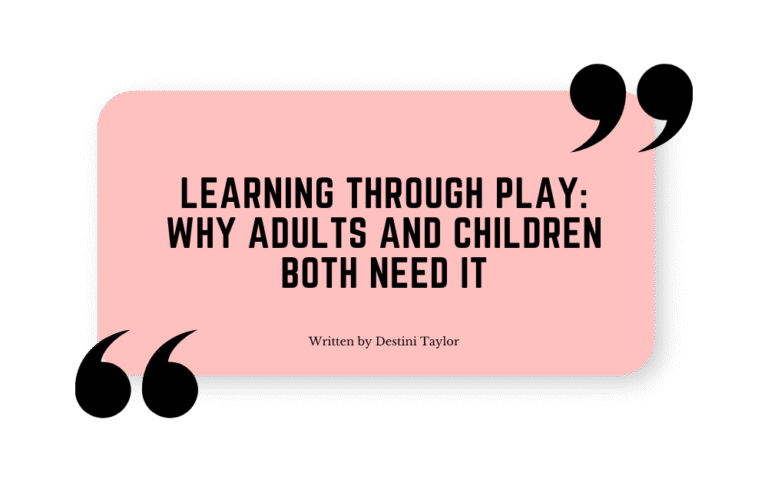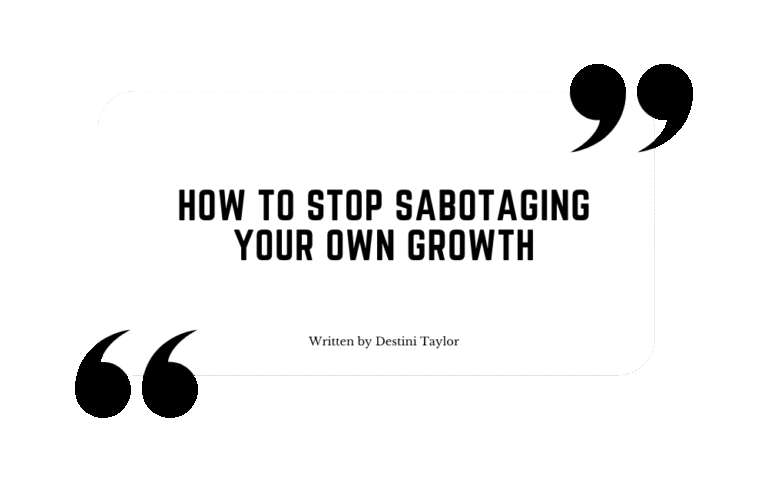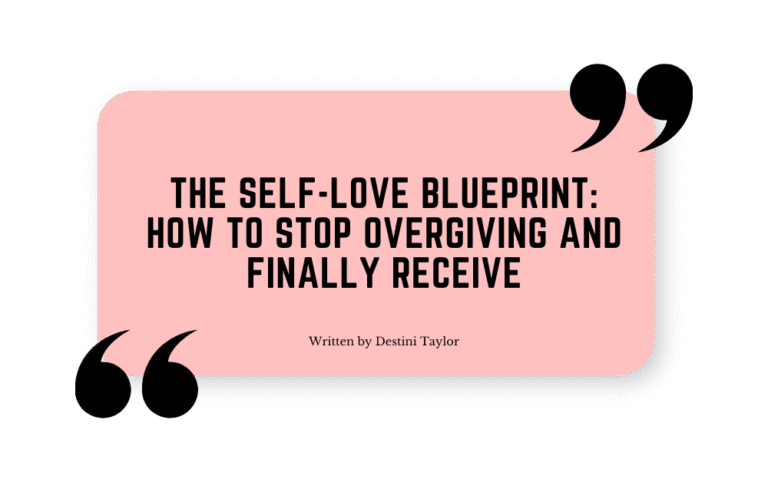Simple strategies and study tools that make learning easier, deeper, and longer-lasting.
Why Traditional Study Methods Fall Short
Most of us were taught to study the same way: highlight a textbook, reread the notes, maybe make some flashcards, and hope for the best. But how often has that really worked? More often than not, we cram, stress, and then forget almost everything after the test.
Take, for example, Maria, a college freshman who spends hours rereading her psychology notes. She feels productive while highlighting entire chapters but realizes during the exam that very little stuck. Jamal, a graduate student, stays up all night with coffee, memorizing terms for his law class. He passes the test—but forgets most of it two weeks later. And then there’s Ava, a professional studying for a certification. She invests in expensive guides, but without tools that fit her learning style, she ends up overwhelmed instead of prepared.
These are not failures of intelligence—they are failures of the tools. Traditional methods often focus on time spent rather than methods that engage the brain’s natural memory systems.
The truth is: if you want what you study to stick, you need tools and approaches that turn passive reading into active learning.
The Real Problem: Why Learning Doesn’t Stick
The brain is not designed to remember everything it encounters. Instead, it filters information, keeping what feels meaningful, engaging, or connected to a bigger picture. When we study by rote memorization, we’re essentially asking the brain to hold onto isolated fragments it doesn’t see as valuable.
Here are three key reasons traditional studying doesn’t last:
- Passive Intake – Highlighting and rereading feel active but are passive. Your brain isn’t forced to retrieve or apply knowledge, so it lets go of the information.
- Short-Term Cramming – Studying in marathon sessions right before an exam tricks you into thinking you’ve learned. But what you’ve actually done is overloaded short-term memory, which fades quickly.
- No Emotional Anchor – The brain remembers stories, images, and emotions more than raw facts. Without connection, information has nothing to “hook” onto.
The result? Hours invested in studying with little payoff in retention. That’s why many people feel discouraged, believing they’re “bad at learning” when, in reality, their tools simply don’t match how the brain thrives.
This is where creative study tools come in. By aligning study with how memory and focus really work, you can make learning not only more effective but also more enjoyable.
The Shift: Rethinking What It Means to Study
The word “study” often carries a heavy, almost punishing tone—like hours locked away with books. But the shift happens when you see studying as an interactive conversation with knowledge instead of a one-way download.
Instead of treating study time as a grind, you can reframe it as play, connection, and creativity. Imagine learning feeling more like a game, a reflection exercise, or even a self-discovery process rather than a chore.
One of the best examples of this is Amanda’s Café: Lessons on Love and Self-Worth, a book designed with reflection exercises and prompts that make personal growth feel more like a conversation than an obligation. Though not a “study guide” in the traditional sense, it models how reflection and guided structure can make learning more memorable.
When you shift study from rote memorization to active engagement, you not only remember more—you begin to see yourself differently in the process.
7 Creative Study Tools That Actually Stick
Here are seven research-backed, creativity-infused tools you can use to make your learning last:
1. The Retrieval Journal
Instead of just rereading notes, write down everything you remember about a topic from memory in a journal. Then check what you missed and fill in the gaps. This retrieval practice strengthens long-term retention.
Pairing this with a guided reflection tool like I Speak Life Into Men: Journal Edition gives structure for building consistency and practicing emotional clarity while you study.
2. The Mirror Technique
Explaining what you just learned to an imaginary listener—or even your reflection in the mirror—forces your brain to organize knowledge. If you can teach it simply, you truly understand it.
3. The Game Board Method
Turn study into a game. Create categories, challenges, or rewards for answering correctly. Or better yet, use something designed for self-reflection and discovery, like The Mirror Within Game, which blends prompts with playful interaction. You can adapt similar principles for academic subjects, turning dry material into an experience.
4. The Spaced Repetition Calendar
Instead of marathon cramming, review material in short bursts spread over days or weeks. Use a physical calendar or a digital app to schedule mini-reviews. The spacing effect dramatically improves memory retention.
5. The Visual Map
Turn complex material into diagrams, doodles, or mind maps. This activates both visual and verbal memory, giving your brain more “anchors” for recall.
6. The Emotion Anchor
Attach facts or theories to a personal story, image, or emotional cue. For example, if you’re learning historical dates, connect them to vivid events in your own life timeline. Emotional tagging makes recall far stronger.
7. The Active Recall Walk
Take your study outside. Walk while quizzing yourself, repeating concepts out loud, or mentally rehearsing steps. Movement enhances focus and helps encode knowledge differently than sitting still.
The Bigger Vision: Learning That Lasts Beyond Exams
The goal of studying isn’t just to pass a test—it’s to carry knowledge forward in life. When you use tools that engage reflection, play, and creativity, you stop seeing learning as a box to check and start experiencing it as something alive.
Imagine a world where students don’t dread exams but approach them with confidence because their methods align with how the brain actually learns. Imagine professionals preparing for certifications without burnout, because they’re using tools that fit their lifestyle. Imagine everyday people rediscovering the joy of learning for its own sake.
That’s the deeper vision of creative study tools: learning that sticks, transforms, and continues to serve you long after the grades are given.
Closing Thoughts
Studying doesn’t have to be a grind. With the right tools, it can be a deeply engaging process that helps you grow, remember, and even enjoy the act of learning.
Next time you sit down to study, ask yourself: Am I passively rereading—or am I actively engaging? Choose tools that make knowledge come alive. That’s how you make it stick.
Resources
Here are three resources to help you study—and grow—with more depth and creativity:
- Amanda’s Café: Lessons on Love and Self-Worth – A reflective book with journaling prompts to help you practice active engagement in your learning.
- I Speak Life Into Men: Journal Edition – A journal that models consistency, emotional clarity, and deep reflection.
- The Mirror Within Game – A printable board game that turns self-reflection into interactive play, inspiring new ways to make study engaging.
Start here for more tools: Poetry, Healing & Transformation

